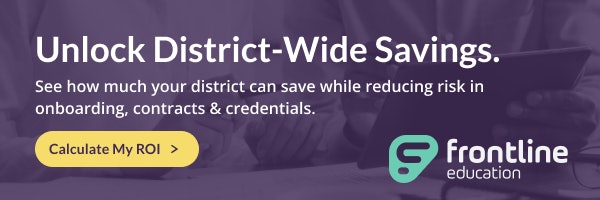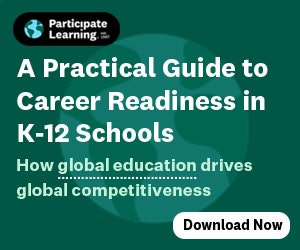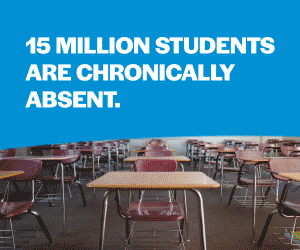
Much like regretting a retail purchase of a gadget that didn't deliver what it promised, I have also been disappointed by supposedly revolutionary educational tools. Teachers and district leaders often struggle to differentiate between which innovations could genuinely enhance learning versus those that simply add complexity. My experience has taught me that the key to incorporating education technology successfully is intentionality and clarity of purpose.
Edtech as a supportive partner
Too often, technology is seen as just another tool in the classroom—a passive instrument used for teaching. What if we instead viewed technology as a collaborative partner, actively co-teaching and adapting to the needs of students?
Recent advancements in AI and adaptive learning platforms have provided this capability more extensively than ever before. These technologies can analyze student progress in real time, identifying strengths, weaknesses, and patterns that might go unnoticed otherwise. This “partner” doesn’t just enhance efficiency; it empowers teachers to make data-driven decisions, offering personalized support where it’s needed most. For instance, AI can suggest resources for a struggling student or flag when a classwide concept might require reteaching.
This partnership frees educators to focus on what they do best: connecting with students and fostering a love of learning. Technology doesn’t replace the human element—it amplifies it.
Making assessments student-centered
I remember sometimes hearing the question from my students, “Is this going to be graded?” That question always concerned me because it meant that my assessment practices were teacher-centered, not student-centered. Technology, like digital portfolios, has the power to flip the assessment model on its head, making evaluations more dynamic, individualized, and meaningful, providing the opportunity for:
- Real-time feedback: Digital tools enable students to understand their mistakes and learn from them in the moment. Platforms like Google Forms can create instant feedback loops that guide students through problem-solving.
- Project-based demonstrations: Tools like video editing software, coding platforms, or virtual simulations allow students to showcase their learning in diverse ways. A science project can become a digital documentary, or a history lesson can culminate in an interactive timeline. This kind of assessment values creativity and critical thinking over rote memorization.
- Self-paced learning: Platforms such as Khan Academy or DreamBox allow students to progress at an individual pace, assessing their progress as they move through the material.
- Gamified learning metrics: Gamification tools not only engage students but also track their progress in real time. By earning points, badges, or moving through levels, students can see their growth in a way that feels rewarding rather than punitive.
By leveraging these tools, educators can create assessments that reflect each student’s unique learning journey, encouraging self-reflection and ownership of their progress. Moreover, student-centered assessments promote equity by giving all learners, regardless of their strengths, the opportunity to shine.
Guiding principles for using making the most of edtech:
- Set the ground rules: Treat technology like a trusted collaborator. Establish clear objectives for its use, ensuring it aligns with your teaching goals.
- Let data lead the way: Use analytical capabilities to refine your strategies. Platforms that track student engagement can provide insights into what works best.
- Cultivate human connection: While technology can streamline many tasks, it’s vital to balance its use while maintaining personal interactions. Remember, the heart of education is about relationships, not screens.
Just as thoughtful shopping leads to meaningful purchases, intentional use of technology can revolutionize education. By reframing tech as an active partner rather than a passive tool, we can unlock its potential to create richer, more personalized learning experiences. Similarly, by harnessing its power to make assessments more student-centered, we shift the focus from testing to truly understanding and celebrating each student’s growth.
So, as you reflect on Black Friday’s lessons for discernment and decision making, consider applying the same approach in your schools and classrooms. Choose tools that empower, simplify, and amplify—not just the teaching process but also the connections that make learning transformative. Let technology work with you, not just for you, as you shape the future of education.
Jason McKenna is V.P. of Global Educational Strategy for VEX Robotics and author of “What STEM Can Do for Your Classroom: Improving Student Problem Solving, Collaboration, and Engagement, Grade K-6.” His work specializes in curriculum development, global educational strategy, and engaging with educators and policymakers worldwide. For more of his insights, subscribe to his newsletter.




























